Reportar esta entrada
Más sobre la misma comunidad-colección
2016 El Paso Atlético Salón de la Fama
Gabriel Hernandez inducted into the El Paso Athletic Hall of ...
2016 El Paso Atlético Salón de la Fama
Gabriel Hernandez inducted into the El Paso Athletic Hall of ...
Southwest University Park - Pesaje - 2016
Photograph - Calista Silgado giving interviews at the weigh in ...
Pesaje - Pelea de Jennifer Han y Calista Silgado - 2016
Louie Burke who is Jennifer Han's trainer being interviewed at ...
Pesaje - Pelea de Jennifer Han y Calista Silgado - 2016
Calista Silgado being interviewed at the weigh - in, before the ...
Pesaje - Pelea de Jennifer Han y Calista Silgado - 2016
Jennifer Han being interviewed at the weigh - in before her ...
Pesaje - Pelea de Jennifer Han y Calista Silgado - 2016
Tom McKay with the Budweiser ladies at the weigh - in, before ...
Pesaje - Pelea de Jennifer Han y Calista Silgado - 2016
Photograph taken during the weigh-in at Southwest University ...
Pesaje - Pelea de Jennifer Han y Calista Silgado - 2016
Louie Burke - trainer for Jennifer Han being interviewed by Bill ...
Pesaje - Pelea de Jennifer Han y Calista Silgado - 2016
Jennifer Han and Louie Burke at the weigh-in, before her fight ...
Pesaje - Pelea de Jennifer Han y Calista Silgado - 2016
Tom McKay and friends meet up at the weigh-in for the Jennifer ...
Pesaje - Pelea de Jennifer Han y Calista Silgado - 2016
Bill Knight at the weigh in for Jennifer Han and Calista Silgado ...
Pesaje - Pelea de Jennifer Han y Calista Silgado - 2016
Bill Knight at the weigh in for Jennifer Han and Calista Silgado ...
Pesaje - Pelea de Jennifer Han y Calista Silgado -2016
Jennifer Han and Louie Burke at the weigh-in, before her fight ...
Equipo de voleibol de la secundaria El Paso HIgh School 1985-86
El Paso High School Varsity Volleyball Team 1985-86
Equipo de fútbol de la secundaria El Paso High School 1985-86
El Paso High School 1985–86 varsity soccer team
Polo Rancho Santa Maria - 2016
Liz Sinclair with friends at Rancho Santa Maria. Left to right: ...
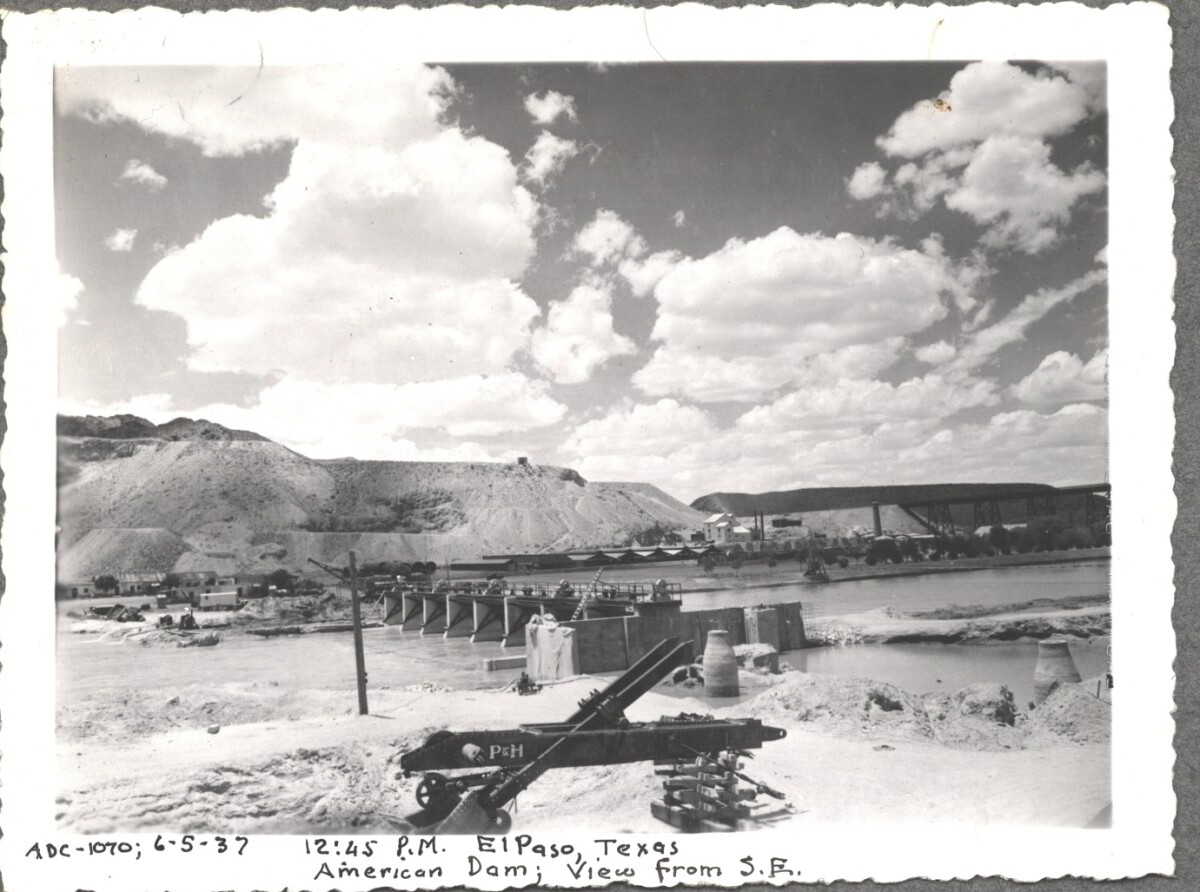

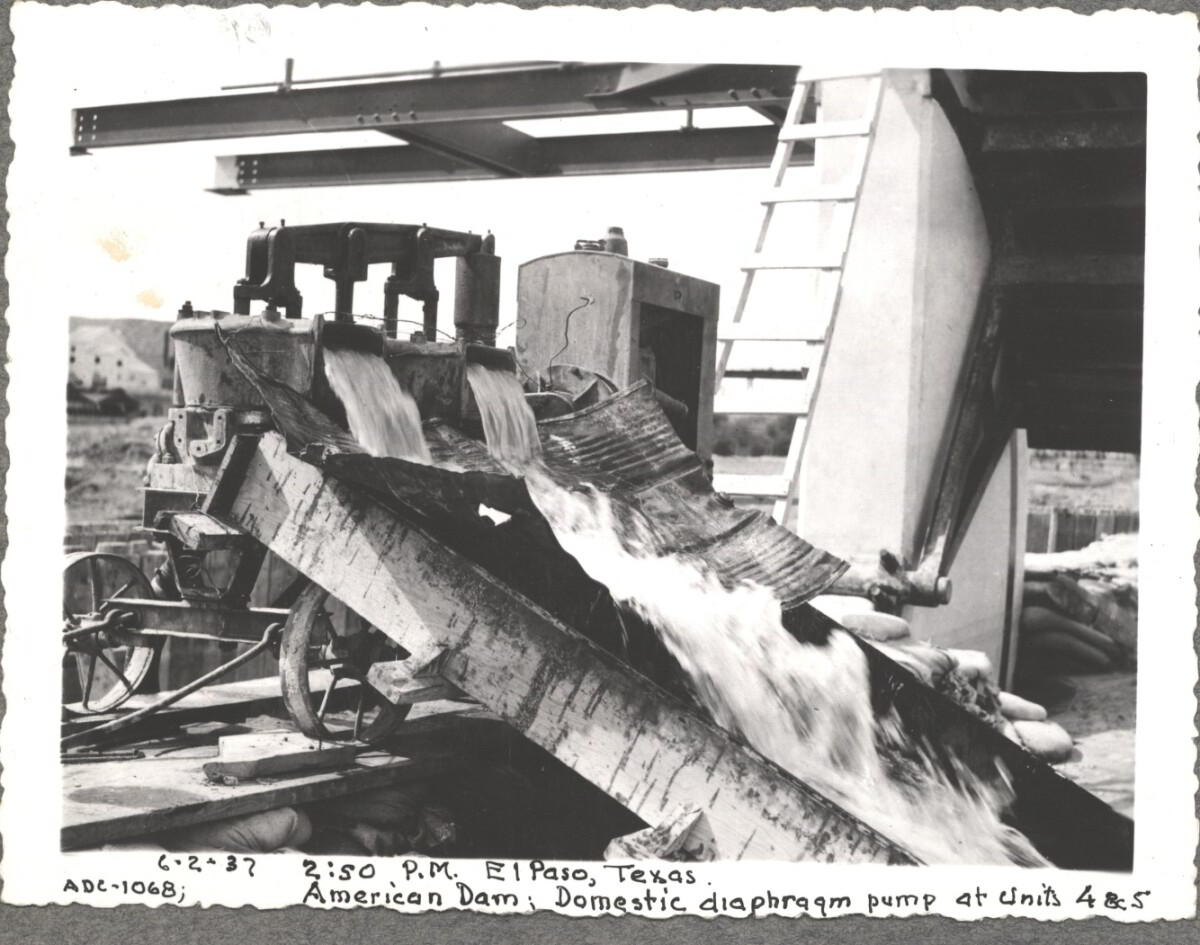
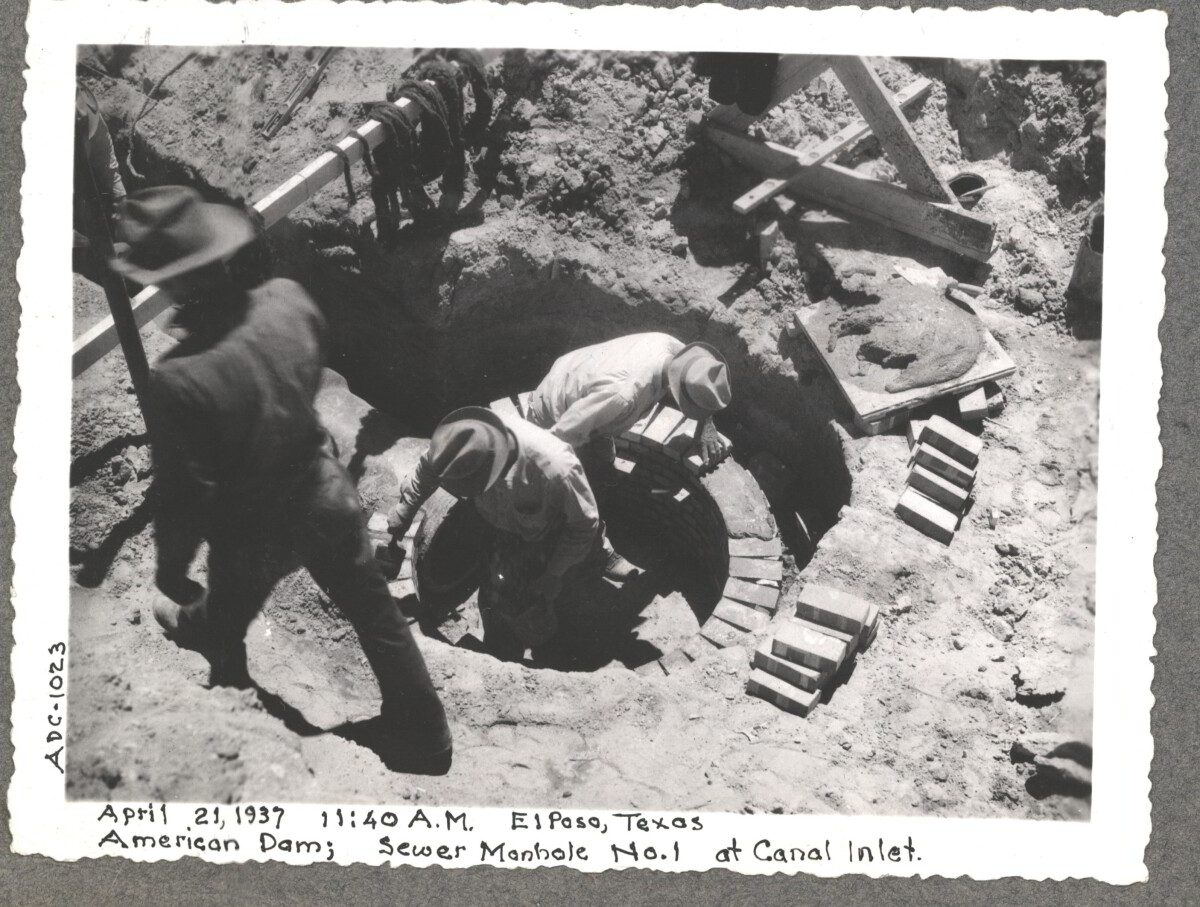
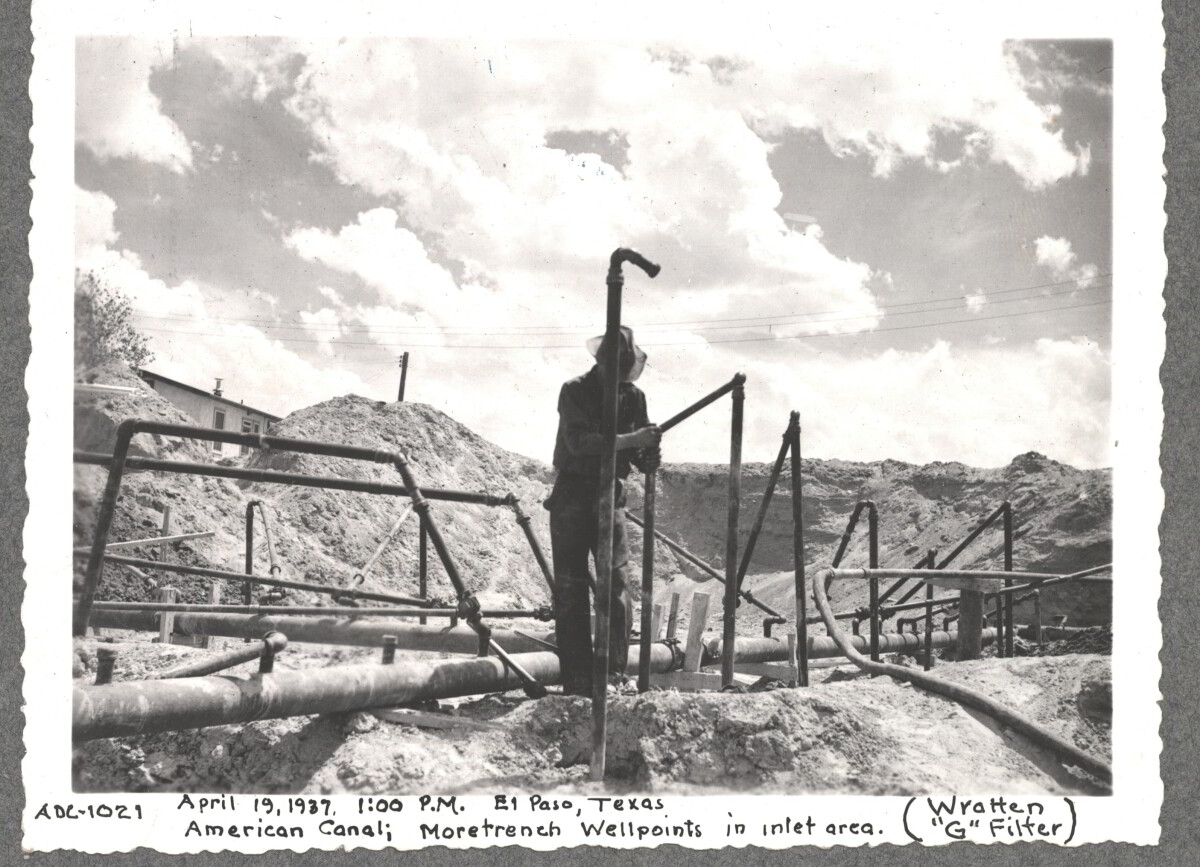
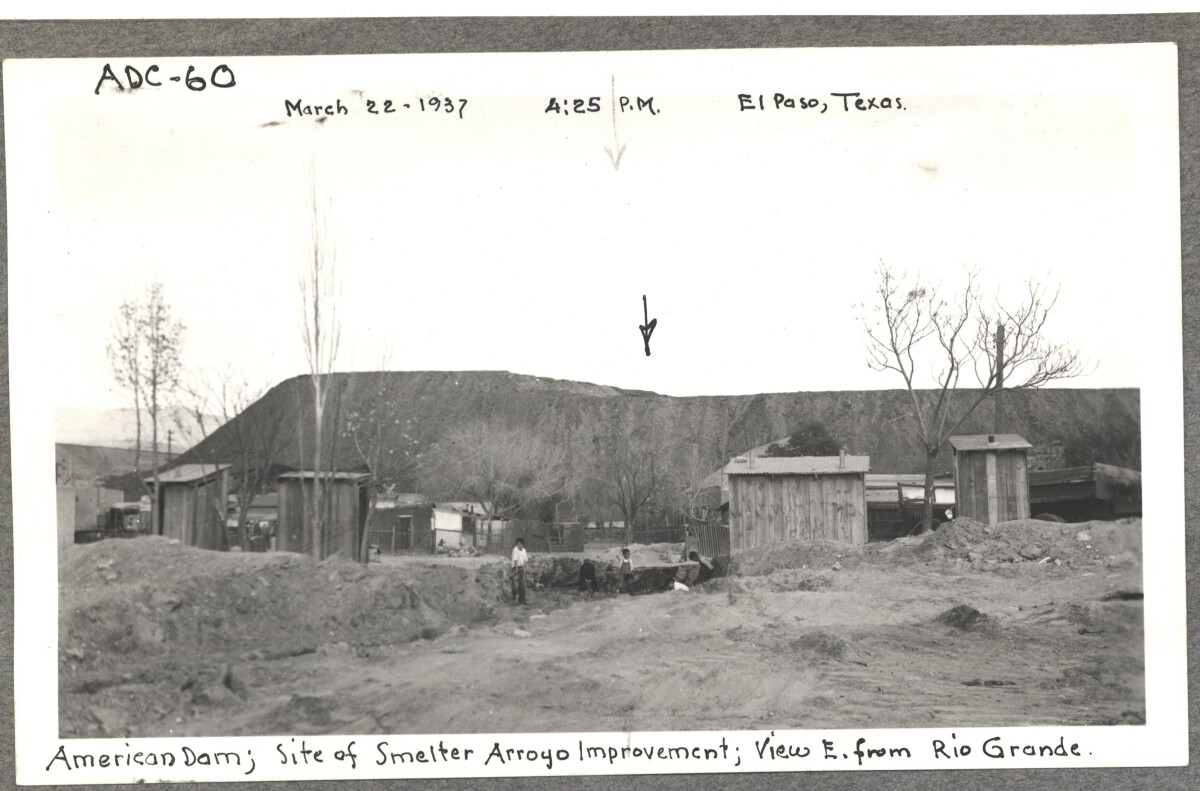
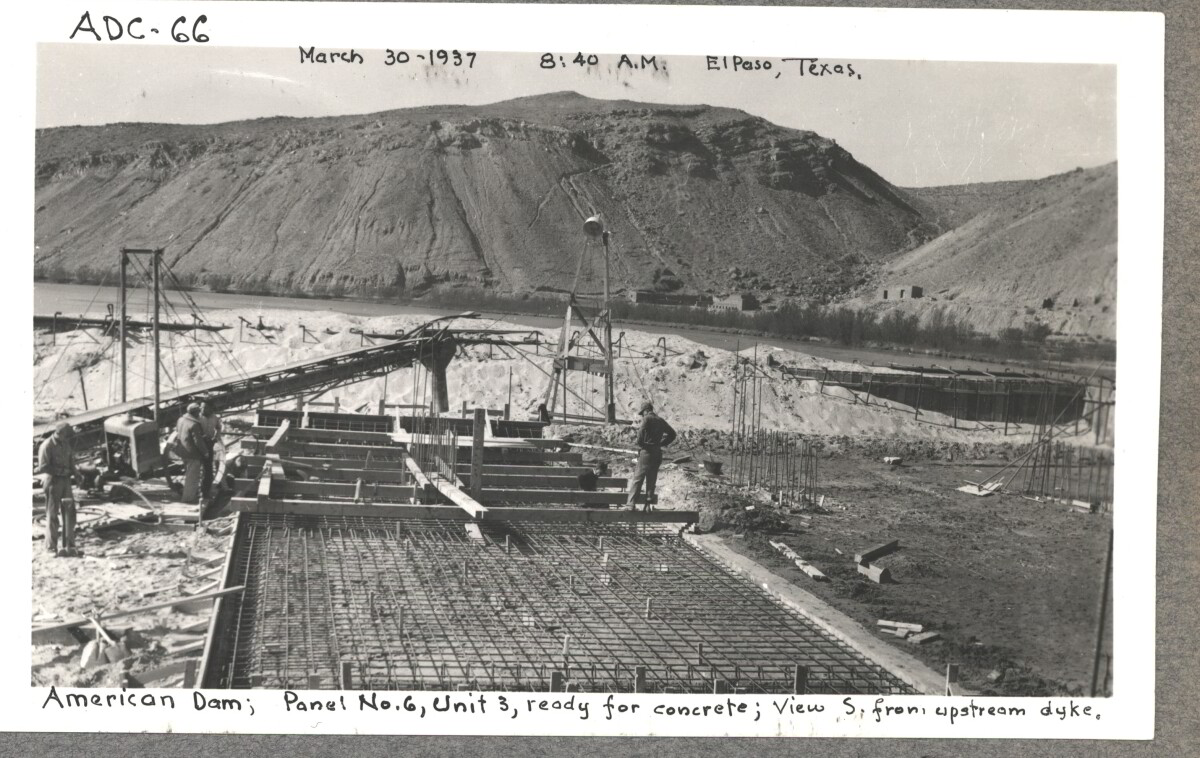
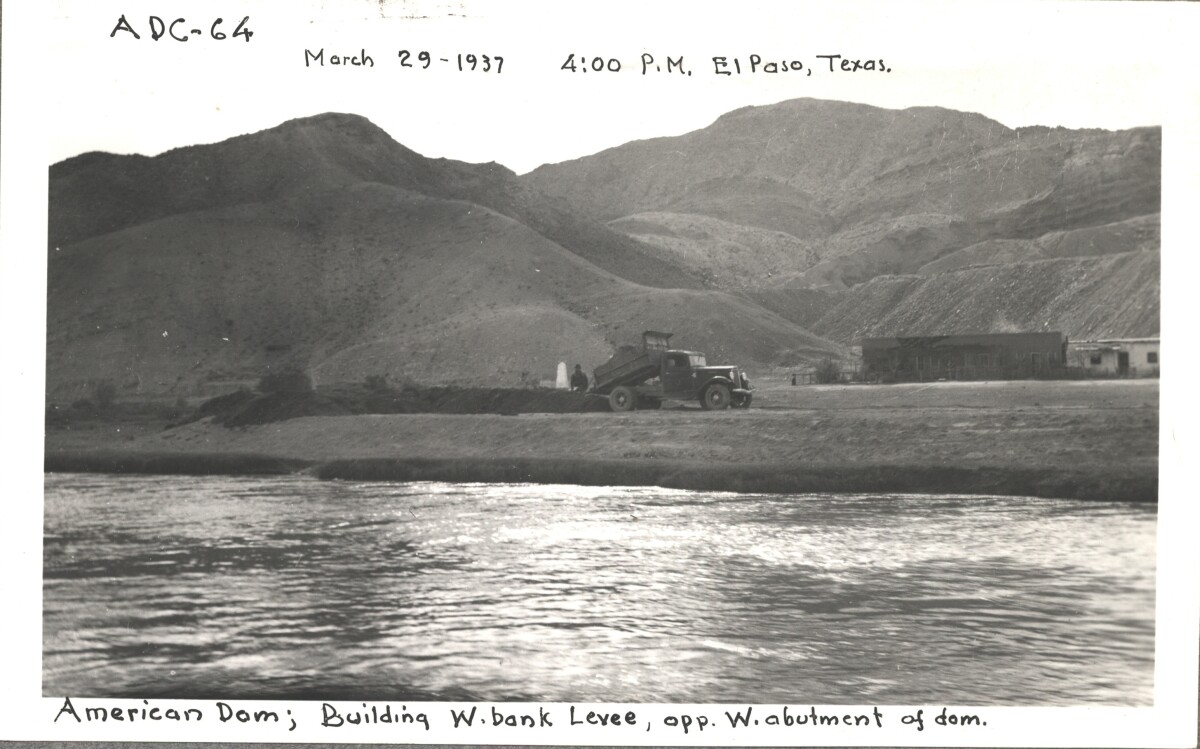
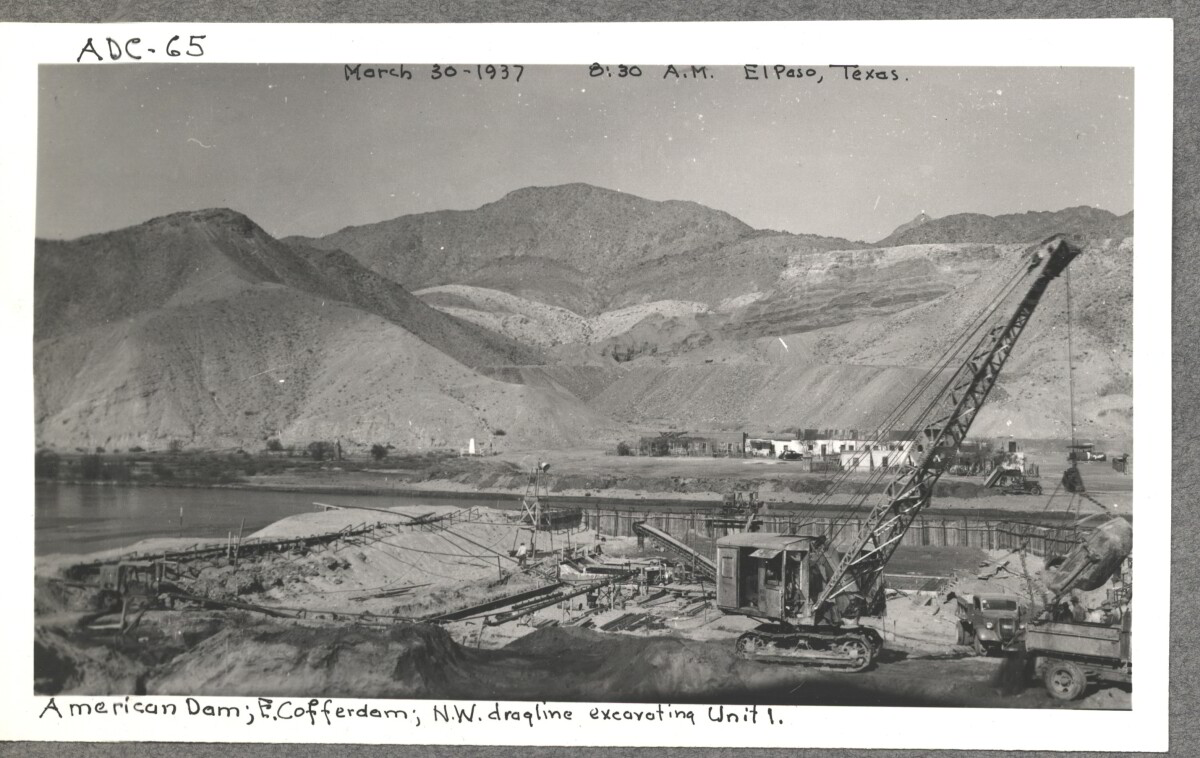
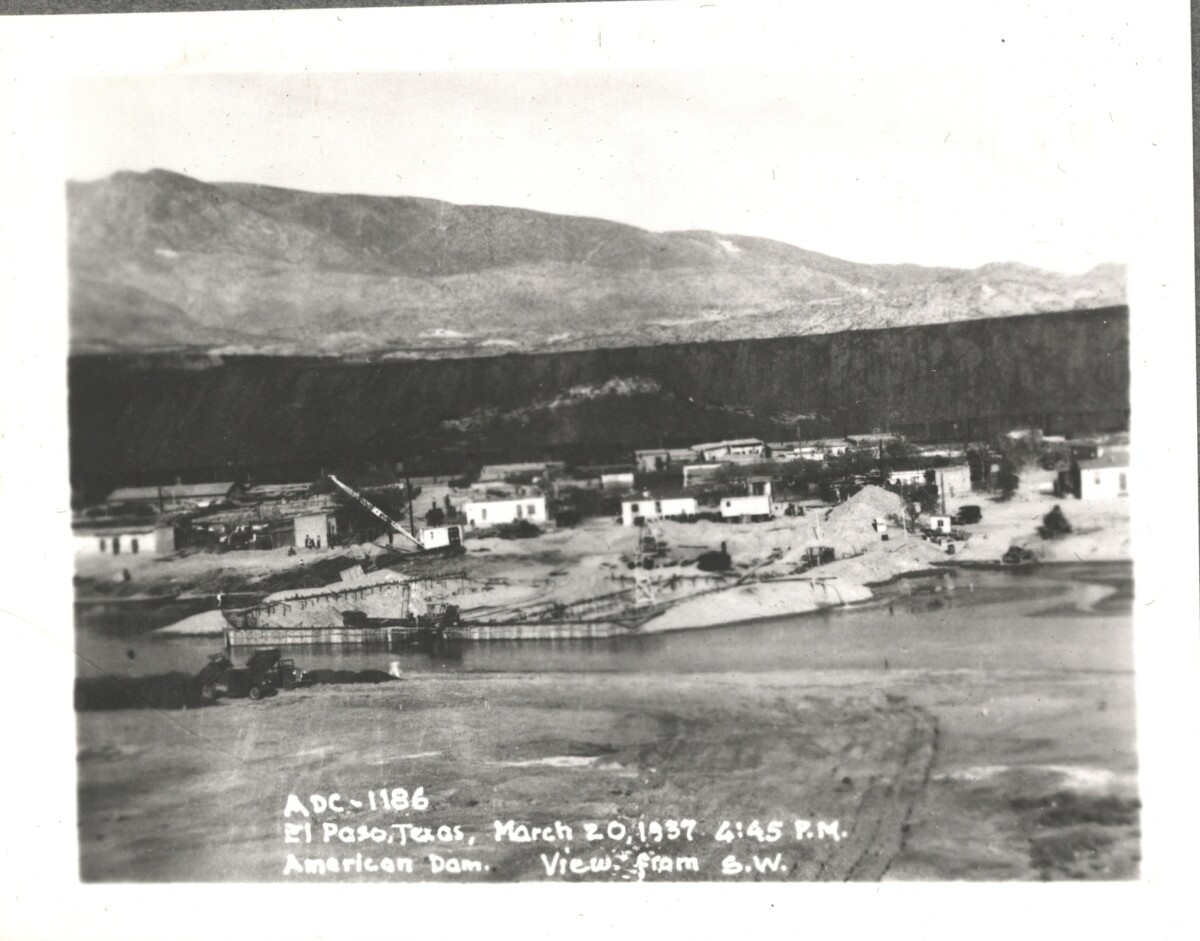
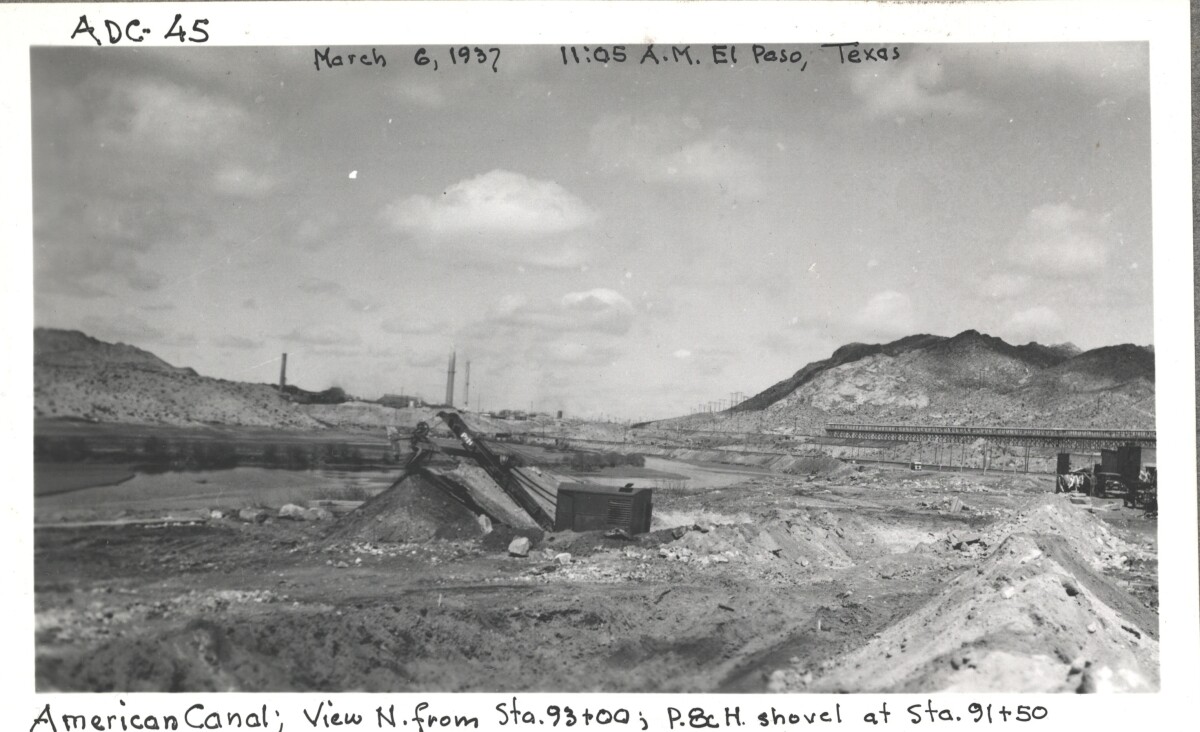
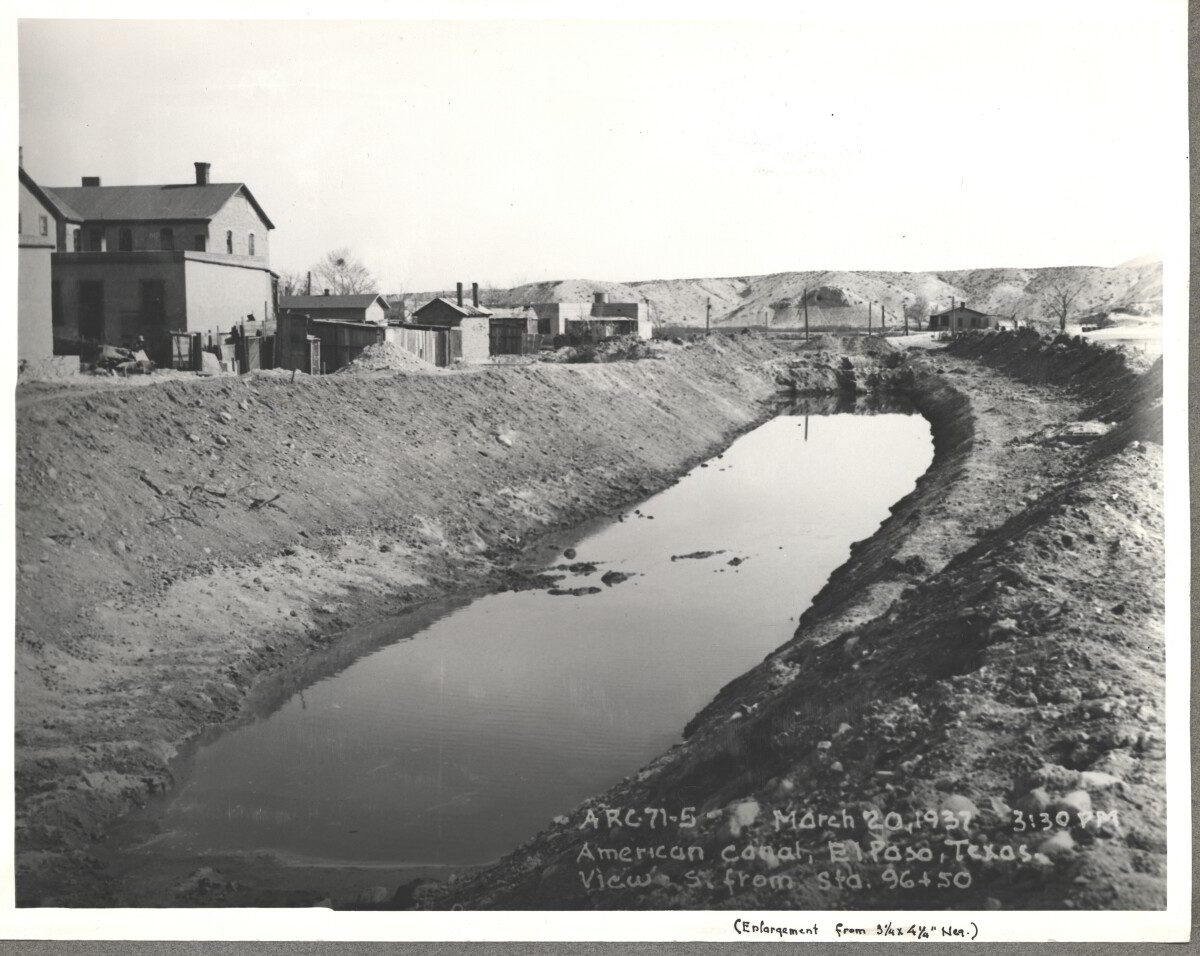
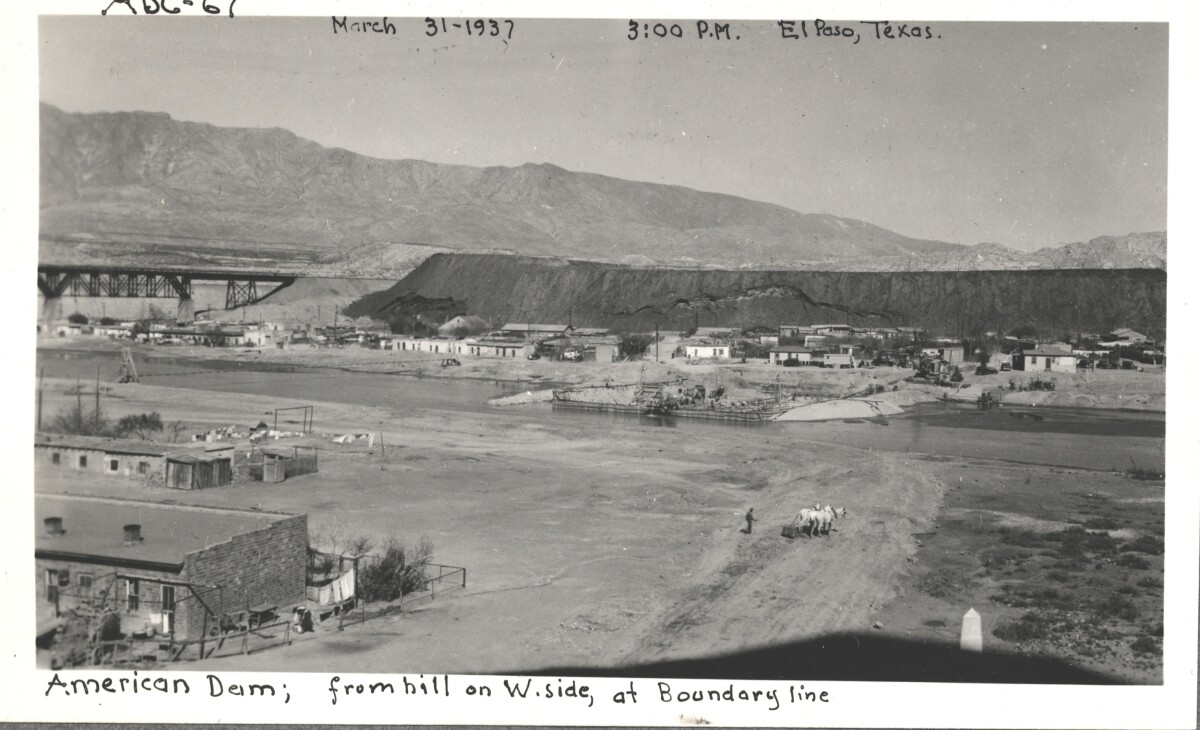
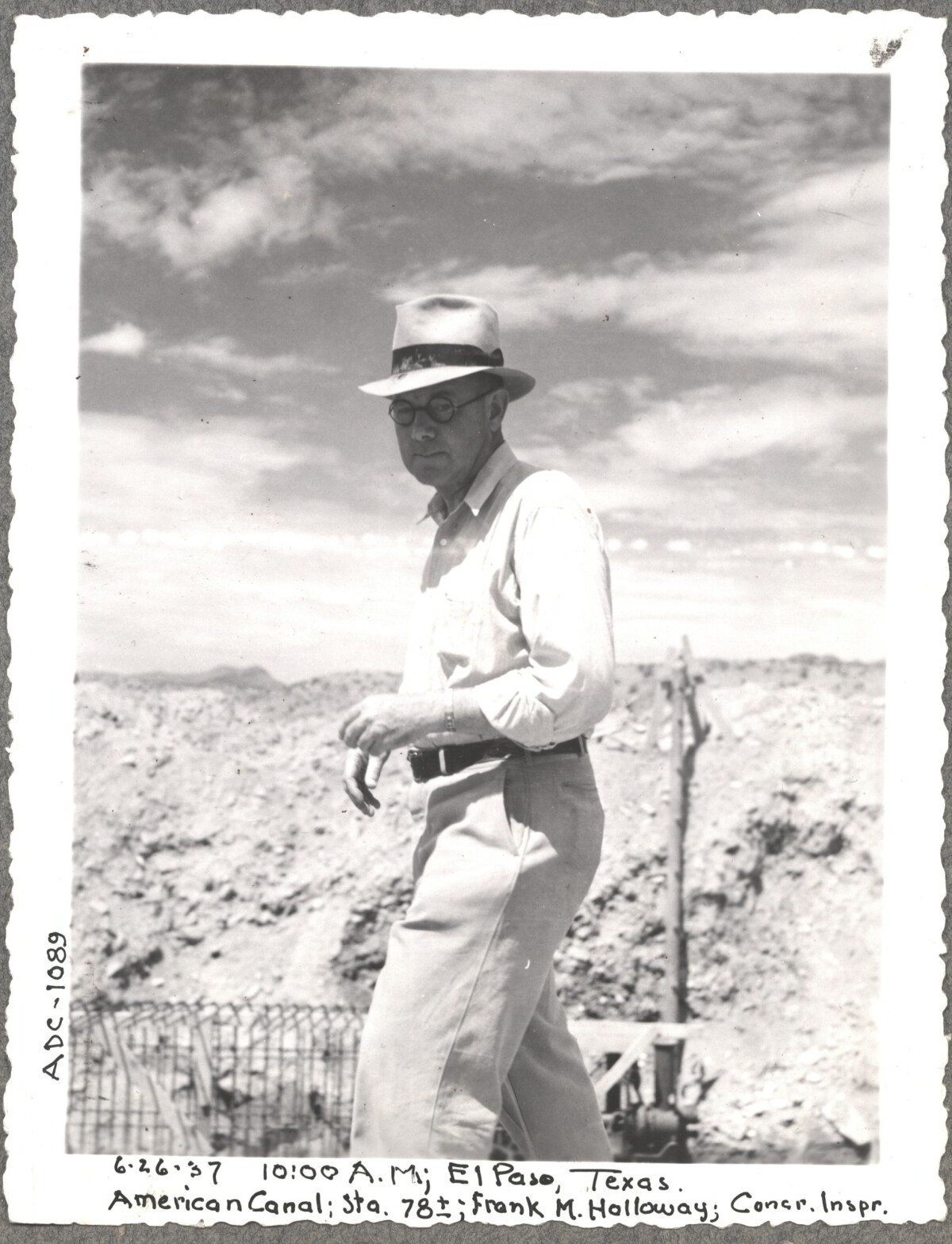
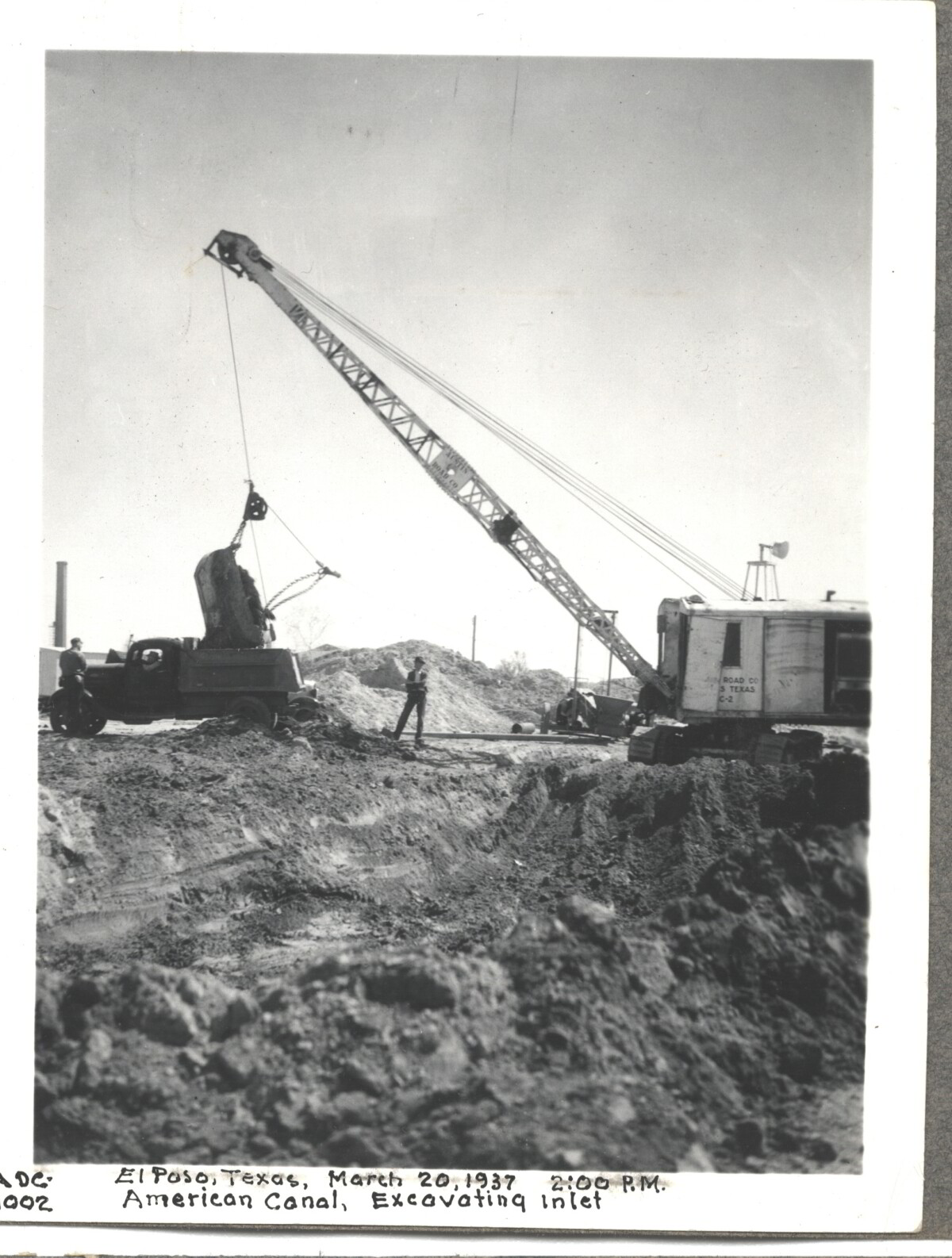
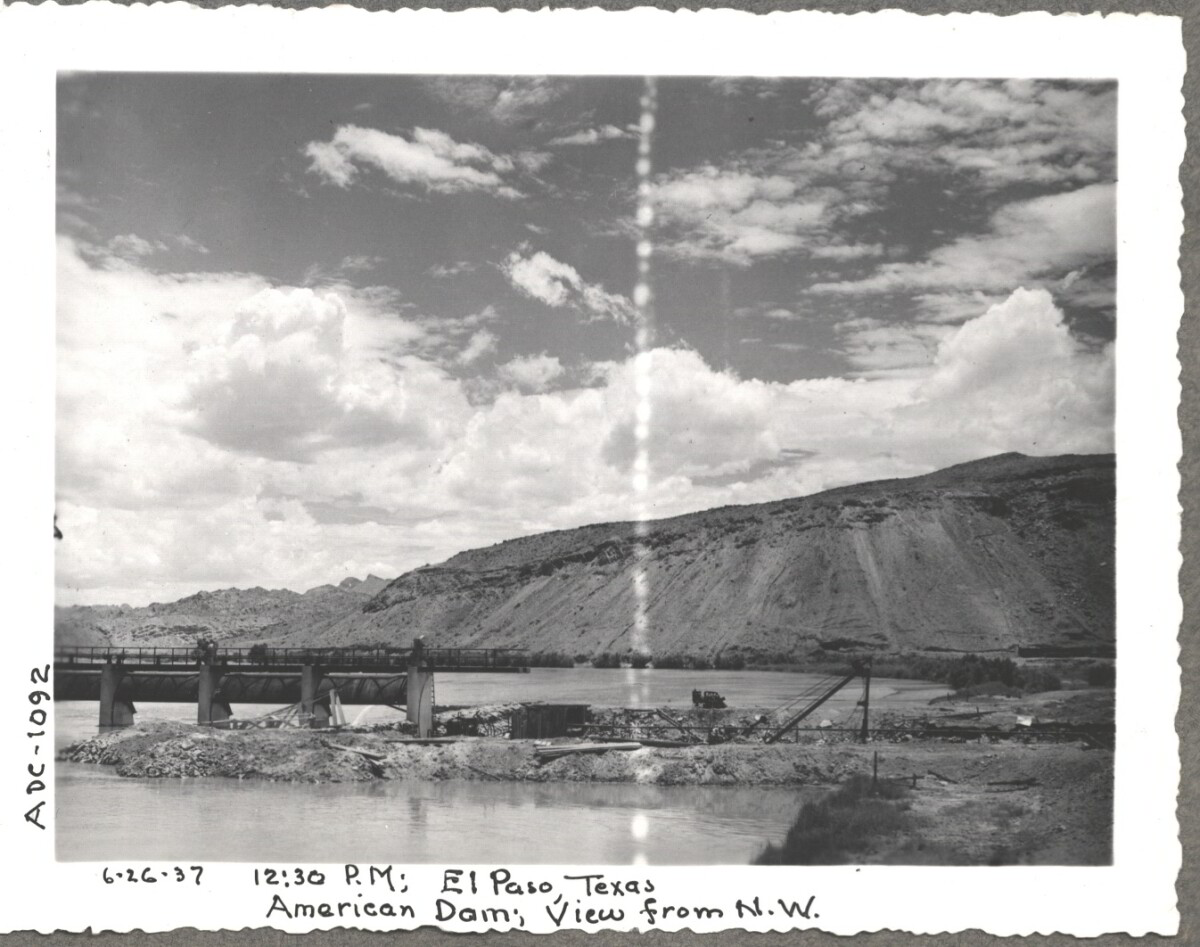
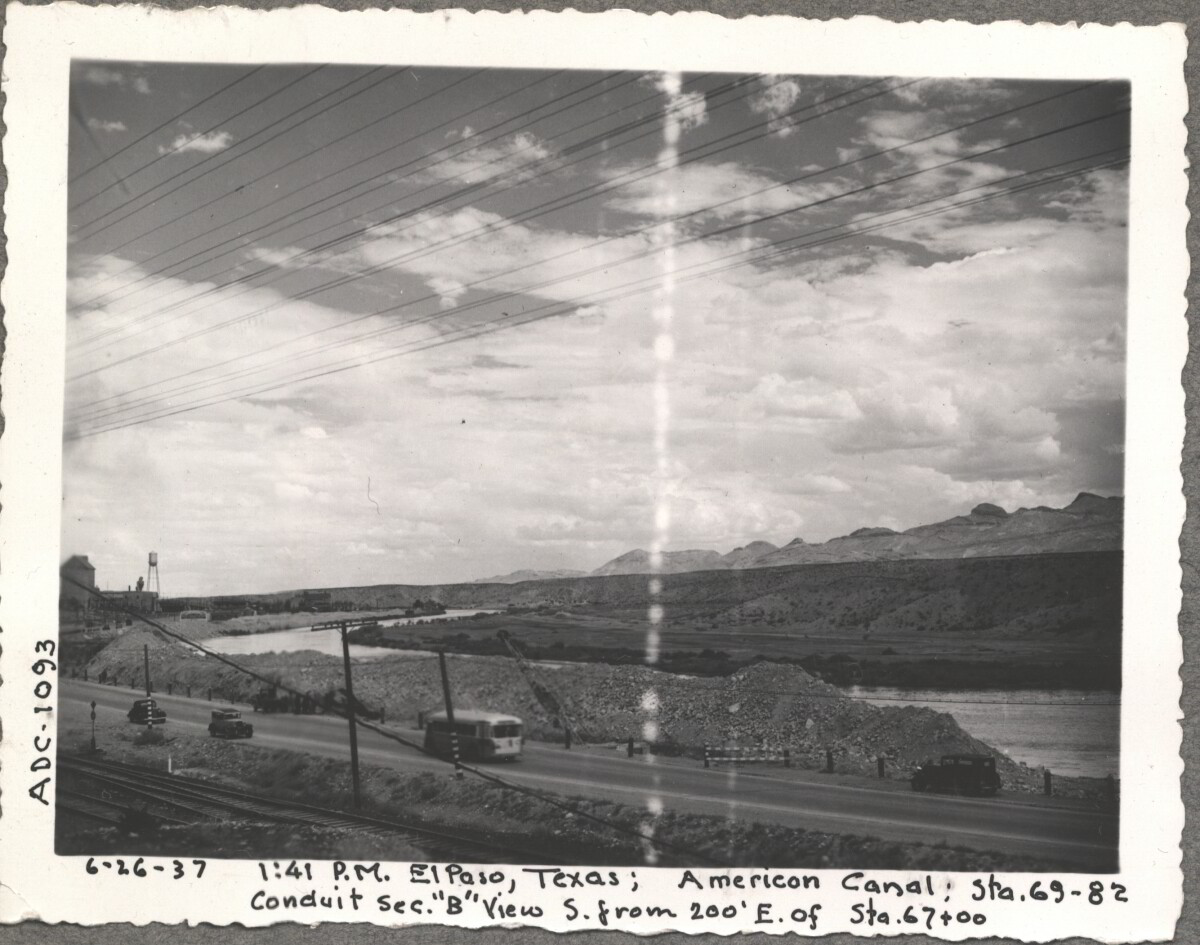
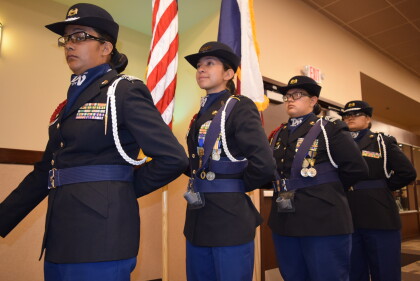

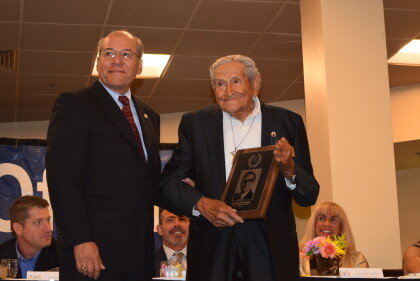


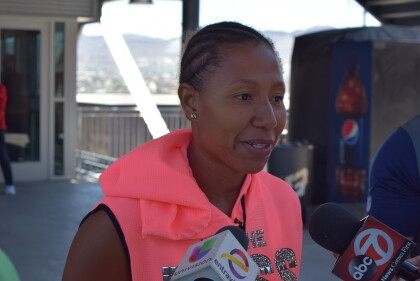
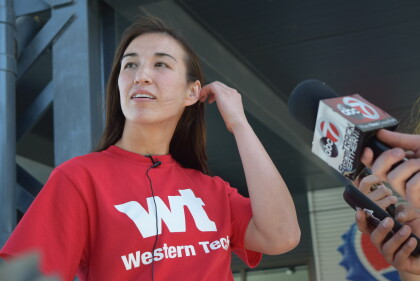

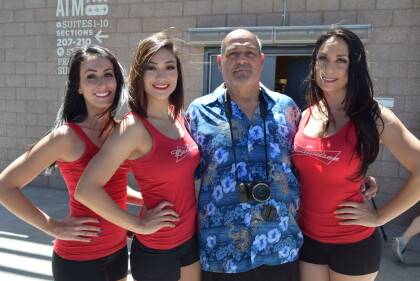

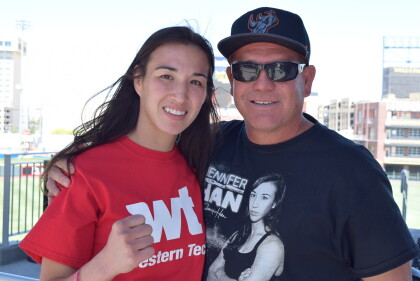

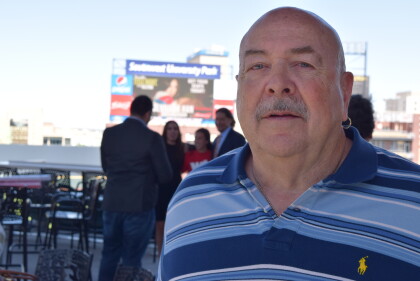
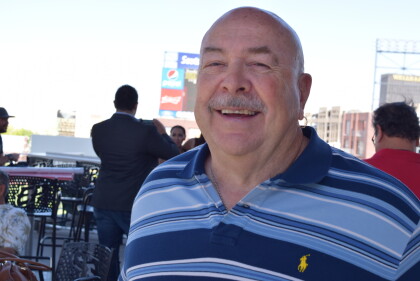
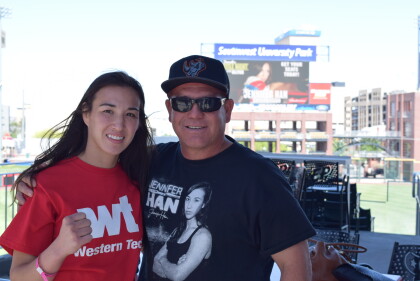
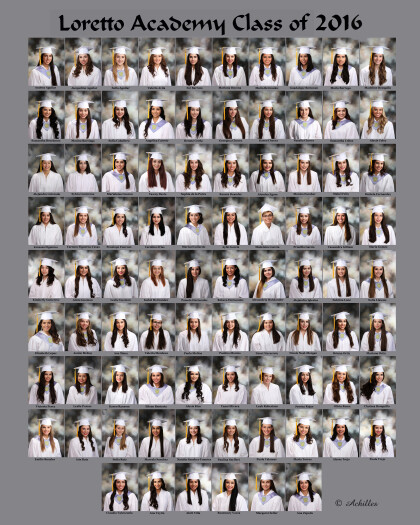
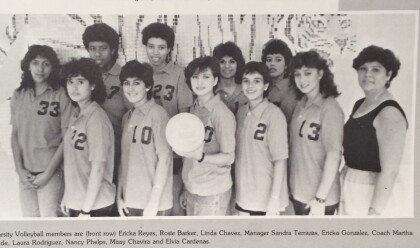
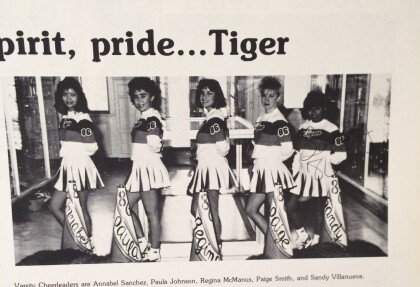
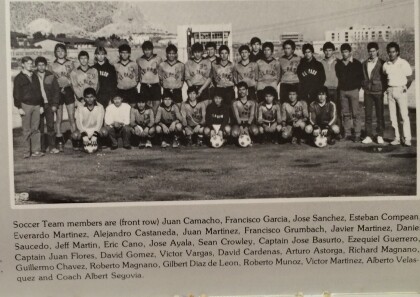
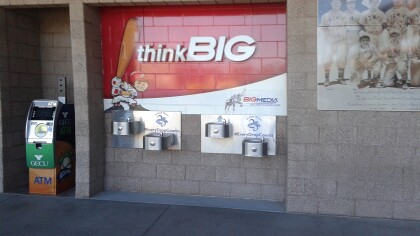


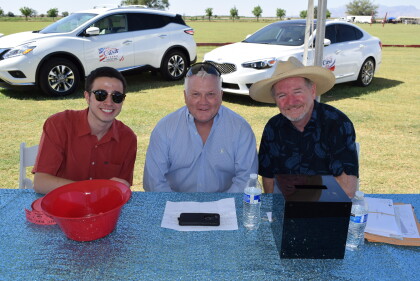
Comentarios
Hacer un comentario